香川県高松市の鬼無・国分寺エリアは、松盆栽の産地で、全国シェア80%を誇ります。そんな盆栽の町に高松盆栽の拠点施設、『高松盆栽の郷』がオープンしました。地元の小学生がお小遣いの500円玉を握りしめて盆栽を買いに来るそうで、お手頃な価格の盆栽から、1鉢数数十万〜数百万円の本格的な盆栽まで、幅広く購入することができます。苔玉をつくる盆栽ワークショップや、鬼無・国分寺エリアの盆栽園の案内マップなどもあるのでどこにいったらいいか迷ったらまずはこの『高松盆栽の郷』を尋ねるのもいいかもしれません。JR高松駅から琴平行で20分国分駅下車、徒歩12分 / 高松駅から車で30分のところにあります。
The pine tree form is a symbol embodying Takamatsu bonsai, which boasts an 80% share of Japanese pine tree bonsai.
高松盆栽の郷
住所:香川県高松市国分寺町国分353-1 [Google Map]
電話:0878742795
時間:8:30~17:00
定休:年末年始
Takamatu Bonsai no Sato (Bonsai Village)
Address : 353-1 Kokubunji town, Takamatsu city, Kagawa pref., Japan [Google Map]
Tel : +81878742795
Open : 8:30~17:00
Closed : Year-end and New Year holidays
JA香川県が運営する高松盆栽の郷をご案内いただきました。
Bonsai is a part of Japanese art culture: a landscape of nature expressed in a small pot.
讃岐のおむすび山がみえます。
Bonsai has recently been more and more popular in the US and Europe as well as in the Asian market that is the largest export destination because the living art is appreciated very much.
Specific terms such as bonsai and kuromatsu are already common among bonsai fans in various countries.
梅
苔
お手頃価格の盆栽から、本格的な盆栽まで盆栽産地ならではのラインナップを取り揃えています。
Two areas in Takamatsu, Kinashi and Kokubunji, are centers for bonsai.
Pine bonsai is the most popular. Takamatsu is one of the leading producers of pine bonsai, and the city is responsible for 80% of the Japanese market.
There are more producers in Kinashi and Kokubunji located in the western part of Takamatsu. Today, as many as 60 bonsai nurseries are situated in these two areas.
舎利
They have little rain, and the soil is well drained in the areas. This means the areas are suitable for cultivating pine trees.
Commercial bonsai farming started to bloom about 200 years ago, to be specific, during the Meiji Period. Kinashi and Kokubunji have been competing with each other and trying to improve themselves since the beginning of bonsai farming.
These areas are meccas for bonsai fans from other countries who deify the areas: they long to visit there at least once in their lifetime.
国風盆栽展
研修室 Training Room
盆栽のワークショップ。苔玉をつくります。
散水
虹
柿
姫りんご
さつき
コミュニティバスのバス停は「里」
看板
高松盆栽の郷 Takamatsu Bonsai no sato
高松盆栽の郷
住所:香川県高松市国分寺町国分353-1 [Google Map]
電話:0878742795
時間:8:30~17:00
定休:年末年始
Takamatu Bonsai no Sato (Bonsai Village)
Address : 353-1 Kokubunji town, Takamatsu city, Kagawa pref., Japan [Google Map]
Tel : +81878742795
Open : 8:30~17:00
Closed : Year-end and New Year holidays
Takamatsu Bonsai Villge – Map [PDF 6.98MB]
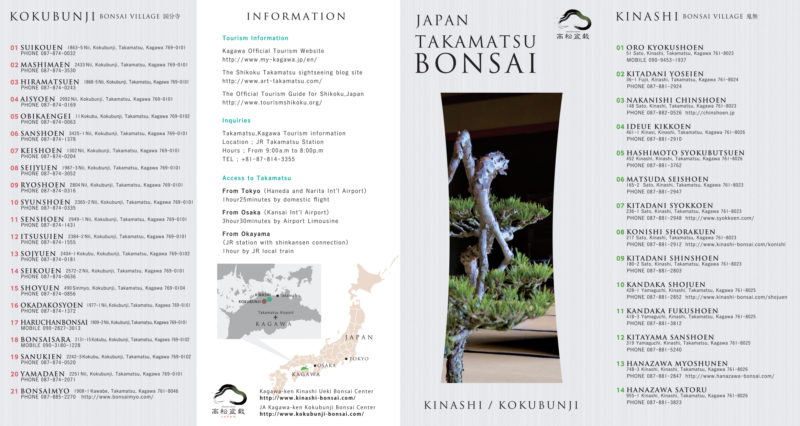
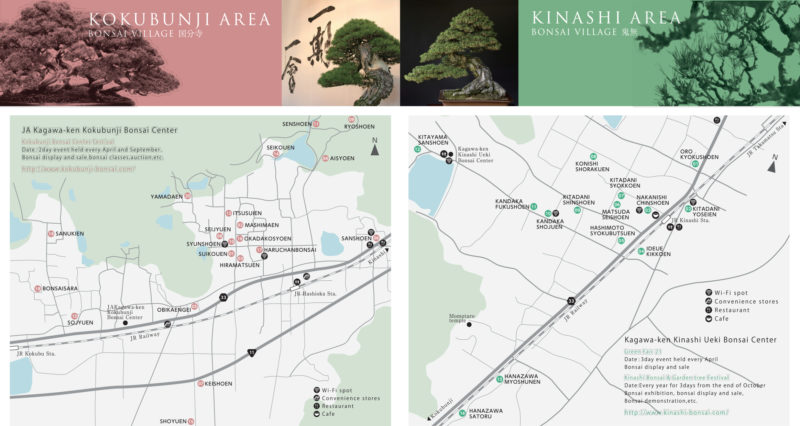
Creative Bonsai – Takamatsu bonsai
The popular image of bonsai may be a little too esoteric. Takamatsu bonsai, however, is closely connected to everyday life. Students on bicycles ride past nurseries where pine seedlings grow, and bonsai trees are commonly displayed in people’s rooms. Bonsai was originally intended to be a hobby that anyone could enjoy. Growing bonsai is a creative process: in what shape should you train the branches? You are free to choose, there is no ‘right’ answer. You may be surprised at the unexpected way that trees grow, and waiting for them to grow is part of the fun. Some people even see the bonsai they cultivate as metaphors for their own lives. Bonsai can be a road to self-rediscovery. Creative Bonsai: as trees grow, people’s lives are enriched.
History
The history of Takamatsu bonsai dates back approximately 200 years to the Bunka era (1804-1818) during the Edo Period (1603-1868). It was said to have begun with people transplanting trees that were naturally growing nearby into pots and selling them. Takamatsu is temperate, with little rain, and the temperature difference between summer and winter relatively small. These factors, combined with well-drained soil, make Takamatsu perfectly suited to growing pine trees. Grafting and pruning techniques derived from the cultivation of fruit trees were incorporated, and Takamatsu grew into Japan’s top bonsai production area. Pine trees grown in well-drained soil are rot-resistant and not prone to damage. Today, Takamatsu bonsai is globally renowned, and buyers visit from Europe and other parts of Asia.Overview
The Kinashi and Kokubunji districts of Takamatsu are Japan’s top producers of pine tree bonsai. With expansive nurseries full of fascinatingly shaped pines, these districts boast an approximately 80% share of the domestic market. There are around 60 bonsai producers in Kinashi and Kokubunji whose products are known as ‘Takamatsu bonsai.’ Bonsai gardens usually purchase pines that have grown to a certain size and trim them to make bonsai. However, in Takamatsu—because the pines are originally grown here—the living art of bonsai begins at the seedling stage. It seems that because human hands guide them from their earliest stages of life, the Takamatsu bonsai trees become both beautiful and singularly friendly in appearance.Tour the districts
In the Kinashi and Kokubunji districts, the home of Takamatsu bonsai, there are around 60 bonsai producers to which you can walk freely to visit. Women and non-Japanese bonsai masters also take part in creative activities, and you can see the free form of Takamatsu bonsai. If you stop by at the Bonsai Center in each of the two districts, you can also see or purchase bonsai of different sizes and forms. Other sites related to bonsai include Bonsai street and Bonsai Shrine.
「高松盆栽の郷」4月1日開業 購入や手入れ体験など: 日本経済新聞
高松市の特産である盆栽の魅力を広く発信する拠点「高松盆栽の郷」(高松市)が4月1日に開業する。盆栽の展示販売だけでなく、手入れ体験ができる研修室を設けることで生産者のこだわりや美意識を体感してもらう。海外での盆栽人気も高まっていることから、県内を訪れるインバウンド(訪日外国人)にも発信していく。



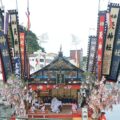
![【小豆島 7/8】虫送り、江戸時代から島に伝わる行事 - [Shodoshima island, 8 July] The torch procession at island](https://yousakana.jp/wp-content/uploads/wordpress-popular-posts/11719-featured-120x120.jpeg)
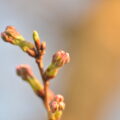


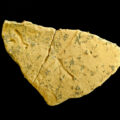


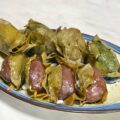

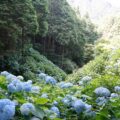
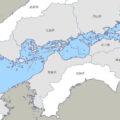
![【香川】春日川の川市 – [Kagawa] River market of Kasuga river](https://yousakana.jp/wp-content/uploads/wordpress-popular-posts/49605-featured-120x120.jpeg)
![【高知】魚を守る道、アイスハーバー型らせん魚道 – [Kochi] Ice Harbor type spiral fishway](https://yousakana.jp/wp-content/uploads/wordpress-popular-posts/50244-featured-120x120.jpeg)

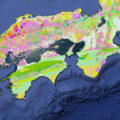

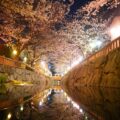


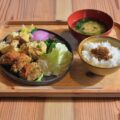

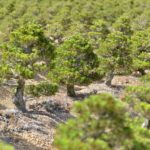
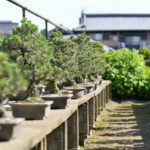
![【香川】一歩一景の美しさ『栗林公園』 – [Kagawa] The daimyo garden given 3-star status by the Michelin Green Guide Japan “Ritsurin Garden”](https://yousakana.jp/wp-content/uploads/2020/12/Ritsurin-Garden_kimono-150x150.jpg)
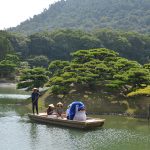
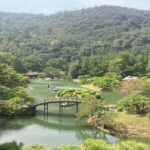
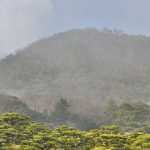
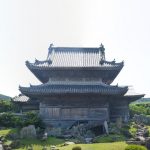
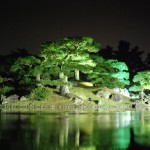
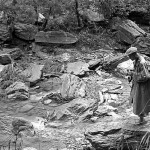

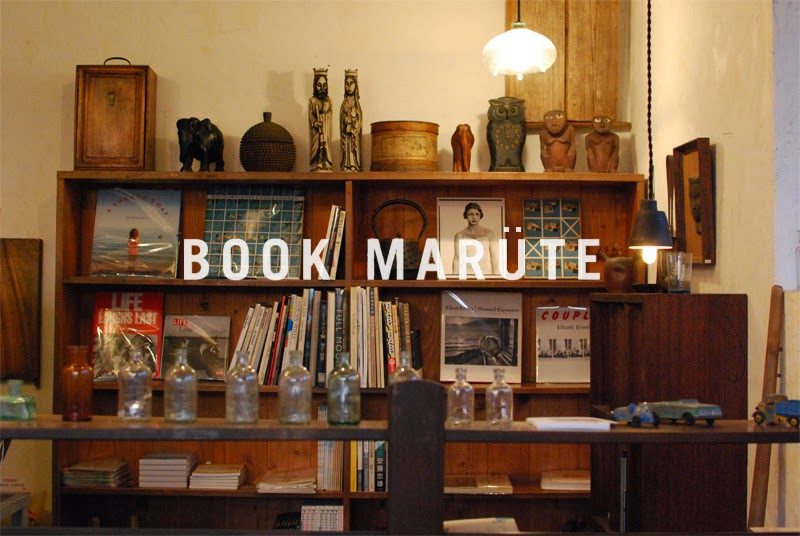
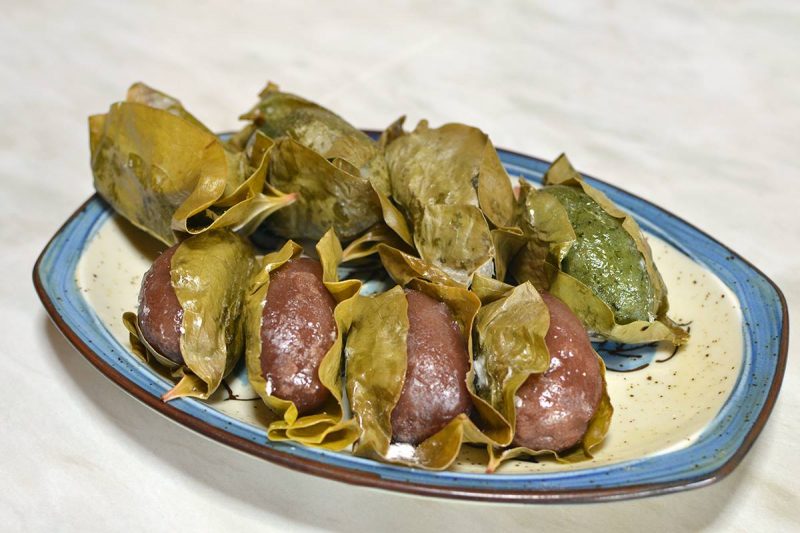
![【香川 4/29公開 古墳の日】王墓山古墳(おうはかやまこふん) – [Kagawa 29 Apr Open to the public Kofun Day] Ohakayama burial mound](https://yousakana.jp/wp-content/uploads/2022/04/Ohakayama-burial-mound-02-800x533.jpg)
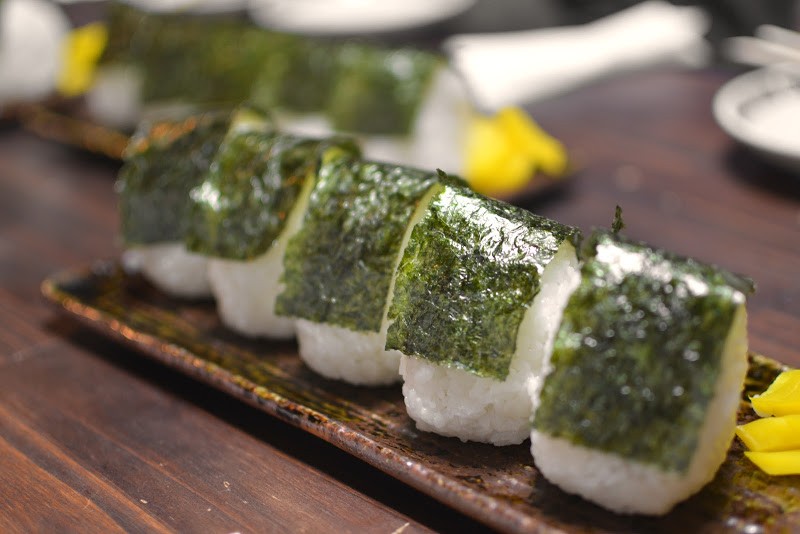
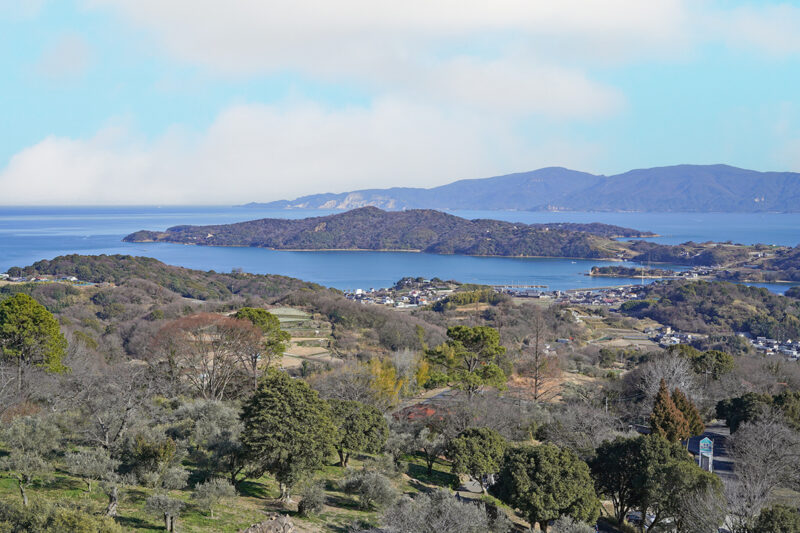
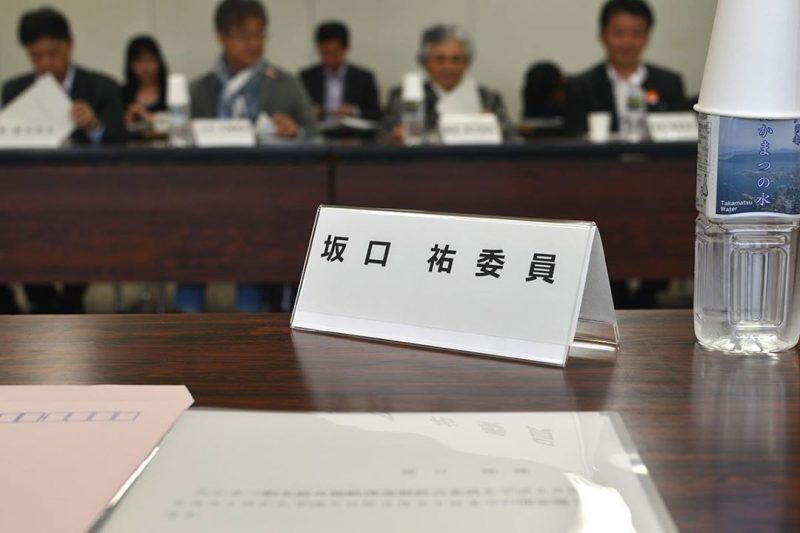
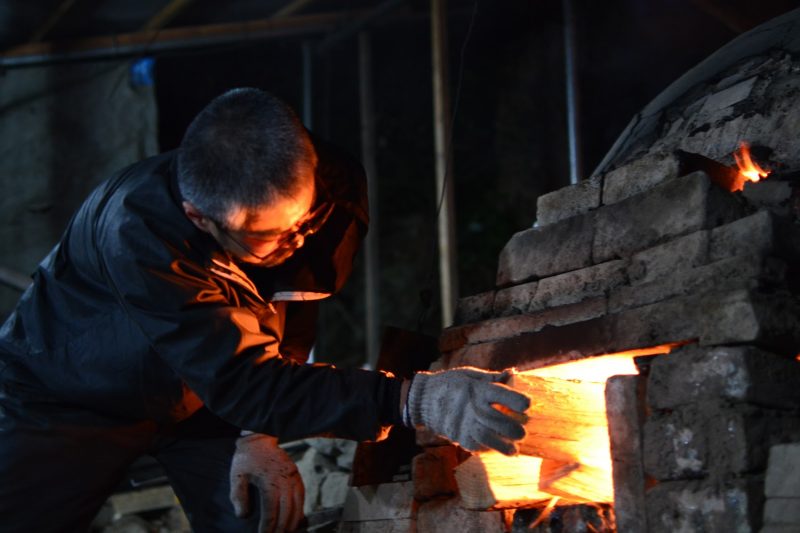
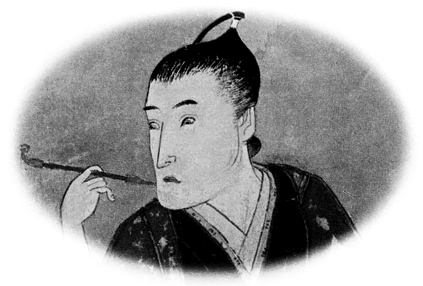
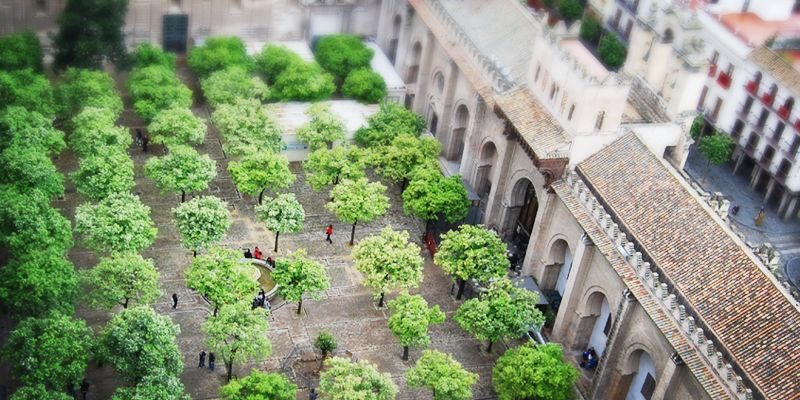
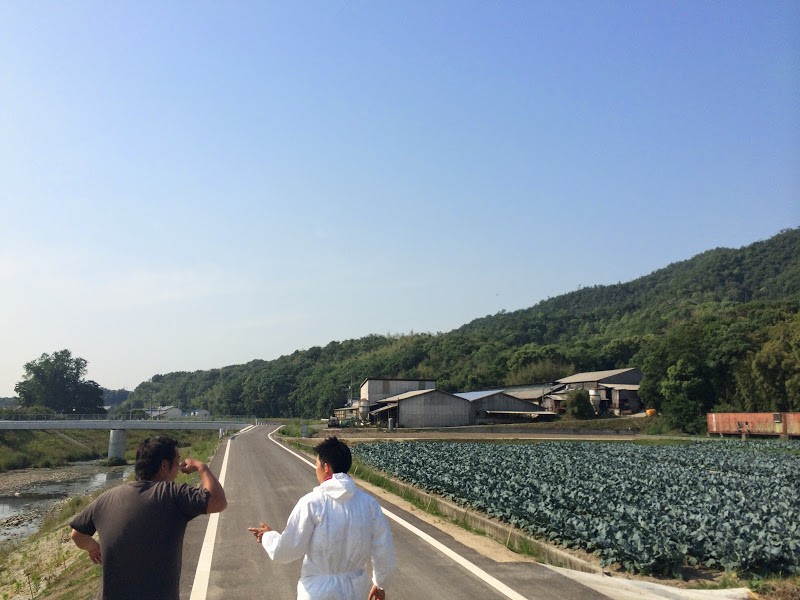
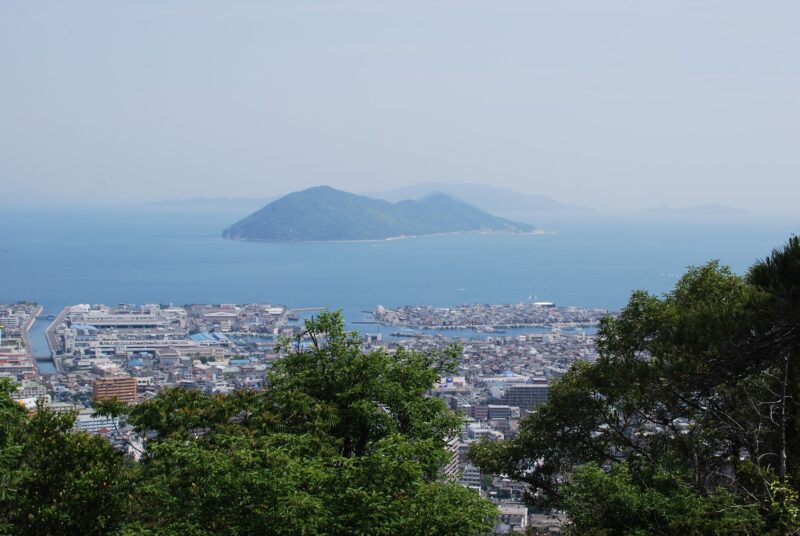

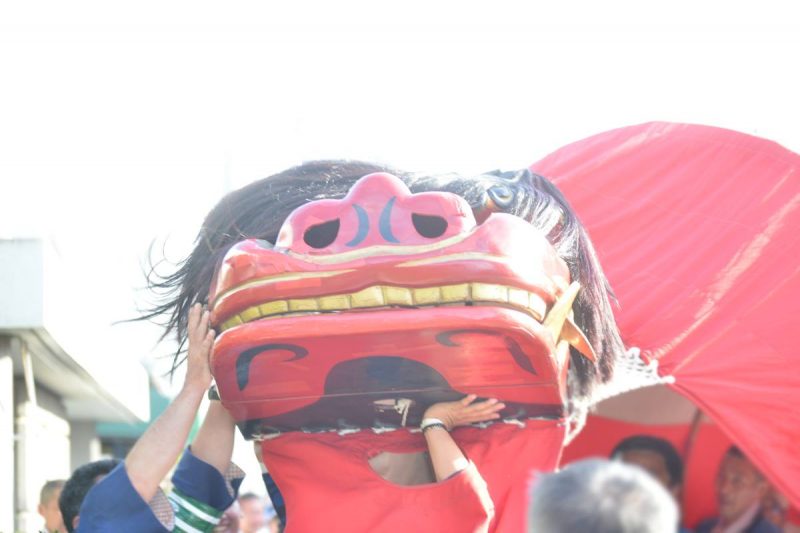
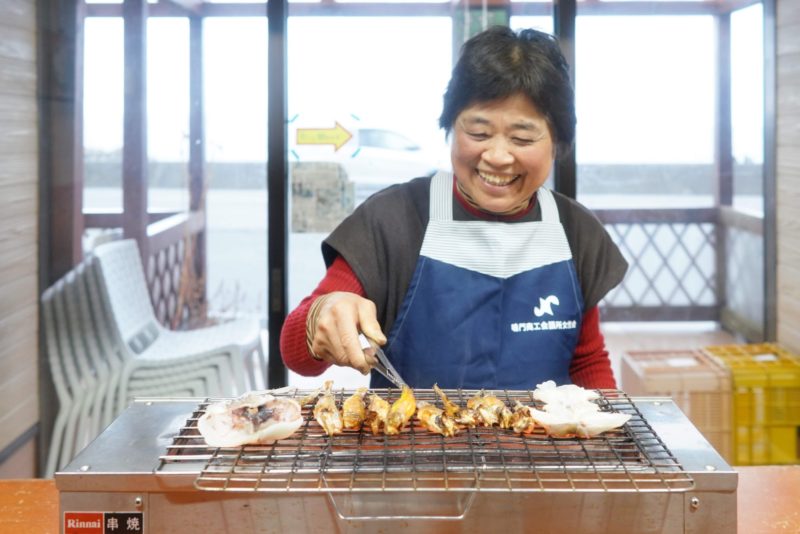
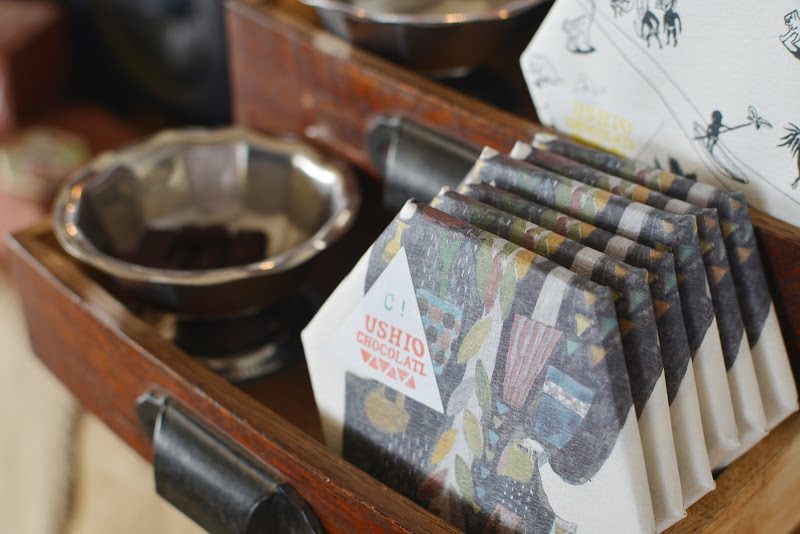
![【香川】仏生山 来迎院 法然寺(ほうねんじ) – [Kagawa] Houenji Temple, Raigoin, Busshozan](https://yousakana.jp/wp-content/uploads/2024/06/panorama_honenji-temple_busshozan-03-800x533.jpg)
![【徳島】神山の食と農を次世代に繋ぐ『かま屋 』『かまパン&ストア』 – [Tokushima] Kamaya Food Hub Project](https://yousakana.jp/wp-content/uploads/2019/10/kamaya-kamiyama-800x533.jpg)
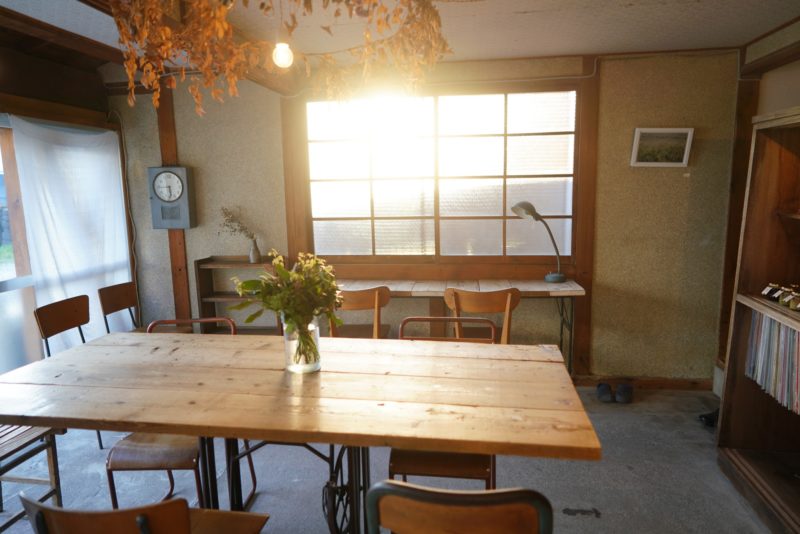
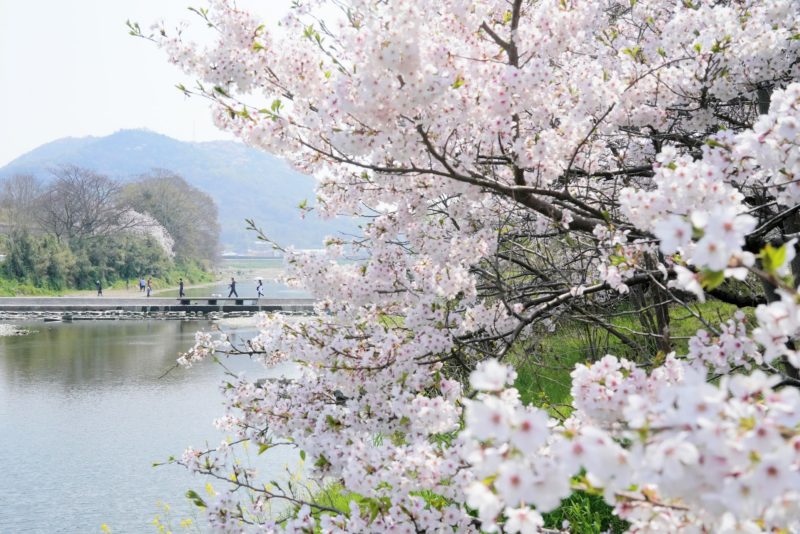
![【徳島】徳島県唯一の渡船『長原渡船(ながはらわたしぶね)』 – [Tokushima] Nagahara ferryboat](https://yousakana.jp/wp-content/uploads/2021/06/nagahara-ferry-boat-800x533.jpg)
![【閉店】多くの芸術家が愛した讃岐料理「まいまい亭」 – [Closed] Maimai-tei, rendezvous for artists](https://yousakana.jp/wp-content/uploads/2018/12/hirarani-isamu-noguchi-800x534.jpg)
![【香川】約1万5千株のハナショウブ『亀鶴公園』 – [Kagawa] Kikaku park, 15,000 Japanese iris](https://yousakana.jp/wp-content/uploads/2024/06/iris-kikaku-park-800x533.jpeg)
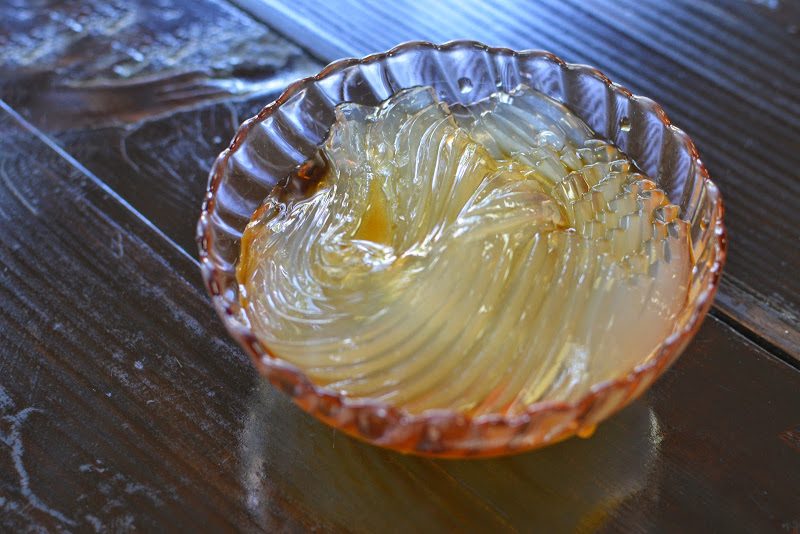
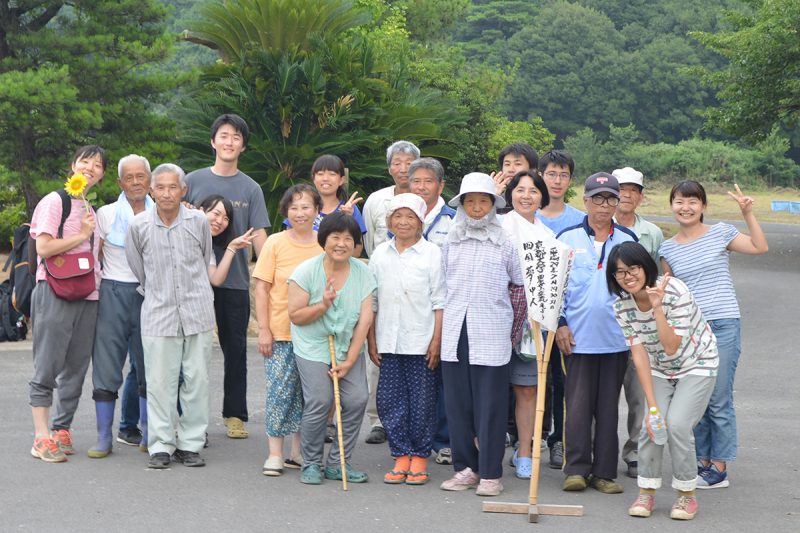
![【香川】牡蠣消費日本一は高松市!牡蠣焼き『鹿酔庵(ろくすいあん)』 – [Kagawa] Takamatsu City is Japan’s largest consumer of oysters! Oyster Grill ‘Rokusuian’.](https://yousakana.jp/wp-content/uploads/2024/01/oyster-bbq-800x533.jpeg)
![【香川】建築家・山本忠司。風土に根ざし、地域を育む建築 – [Kagawa] Architect Tadashi Yamamoto](https://yousakana.jp/wp-content/uploads/2019/02/Seto-Inland-Sea-History-Folk-Museum-3-800x535.jpg)
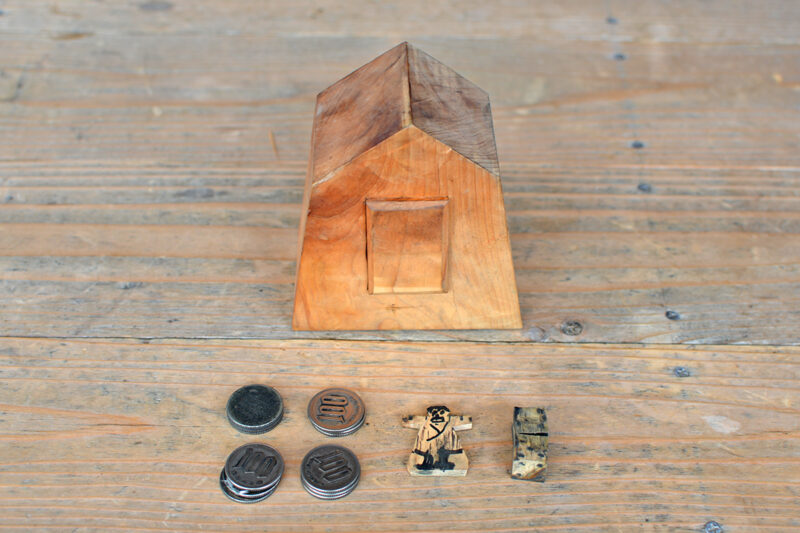

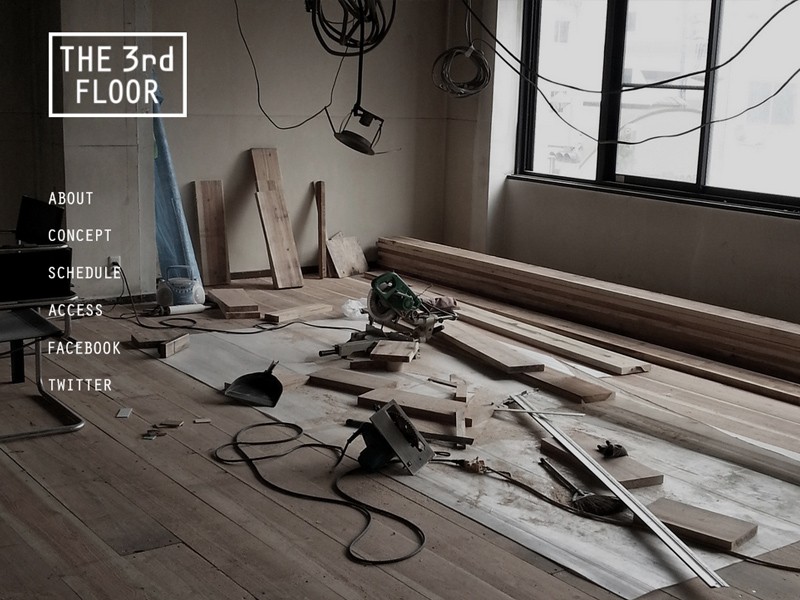
![【香川】四国唯一現存、日本国内最古の水車場「高原製粉精米水車場」 – [Kagawa] “Takahara Water Mill”, the oldest water mill in Japan, the only existing water mill in Shikoku](https://yousakana.jp/wp-content/uploads/2018/09/takahara-water-wheel-800x534.jpg)
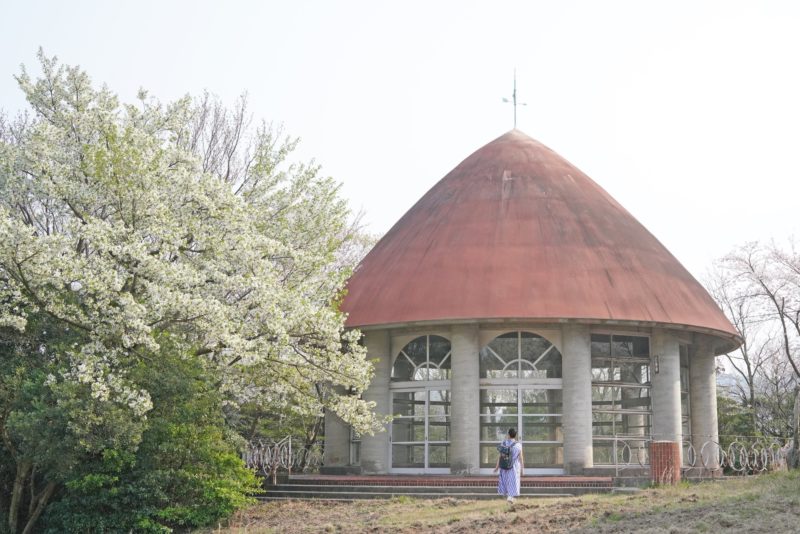
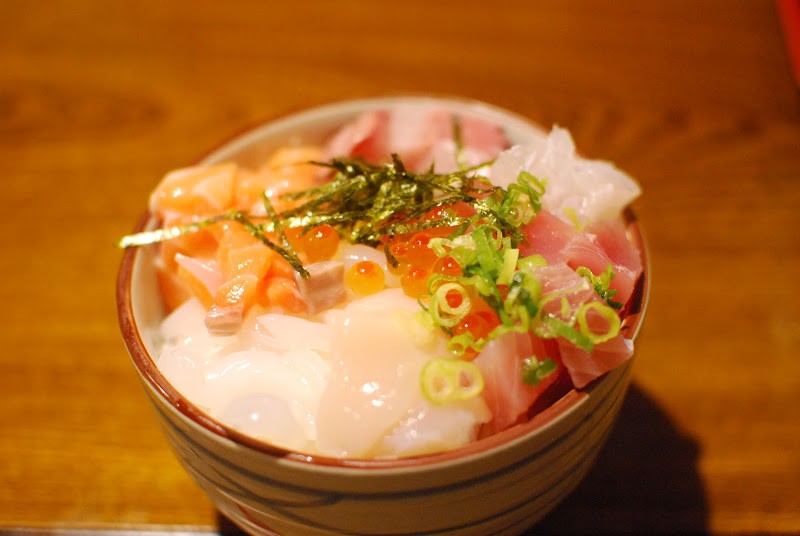
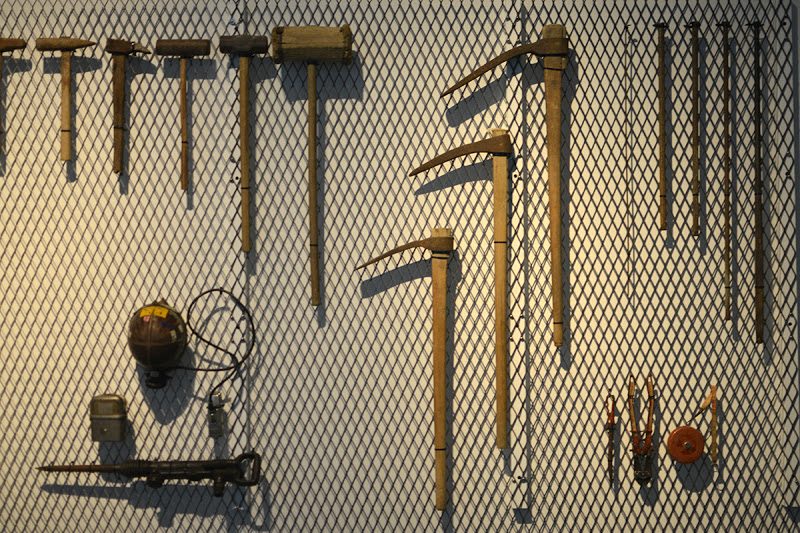
![【香川】日山(ひやま)、のぼる – [Kagawa] Climbing at Mt. Hiyama](https://yousakana.jp/wp-content/uploads/2017/09/mt-hiyama_takamatsu-800x450.jpg)
![【香川】モロッコの伝統ラグ『ボ・シャルウィット』 – [Kagawa] Boucherouite shop “maroc”](https://yousakana.jp/wp-content/uploads/2023/08/Boucherouite-shop-maroc-800x533.jpeg)
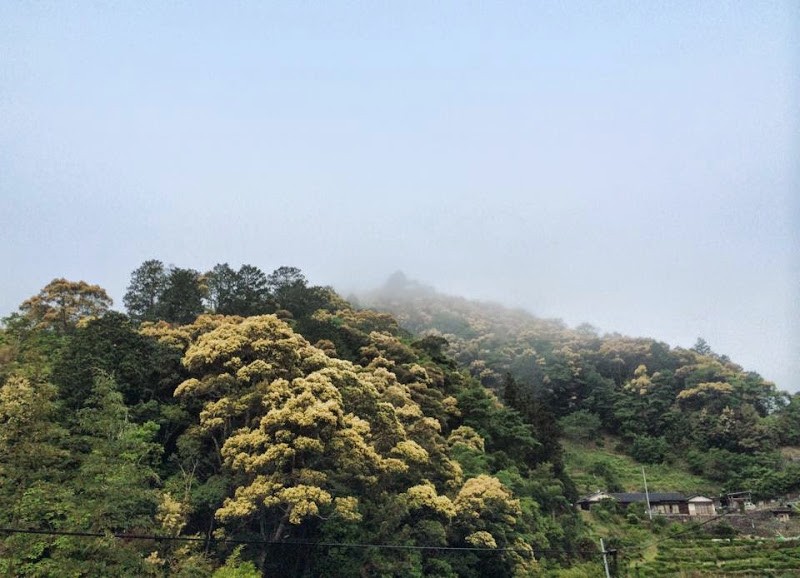

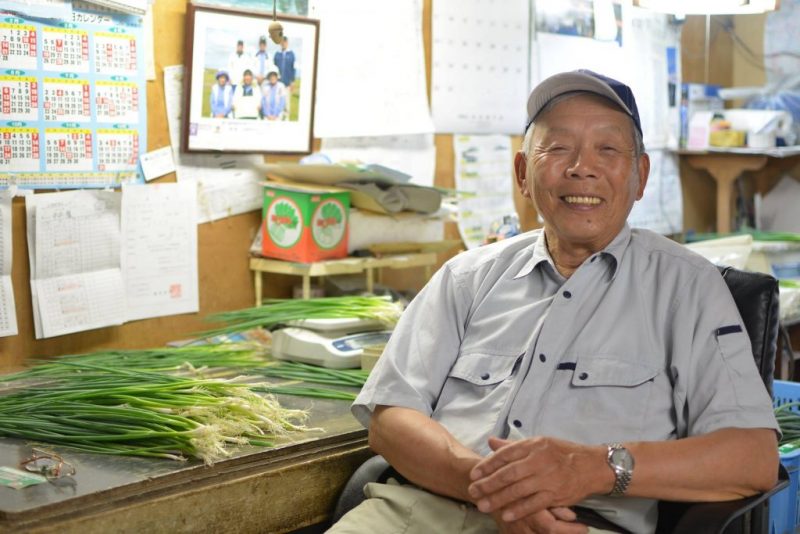
![【香川】七宝山 観音寺の鐘楼 – [Kagawa] Bell tower of Shippozan Kannonji temple](https://yousakana.jp/wp-content/uploads/2021/12/Bell-tower-of-Shippozan-Kannonji-temple_kagawa-800x534.jpeg)
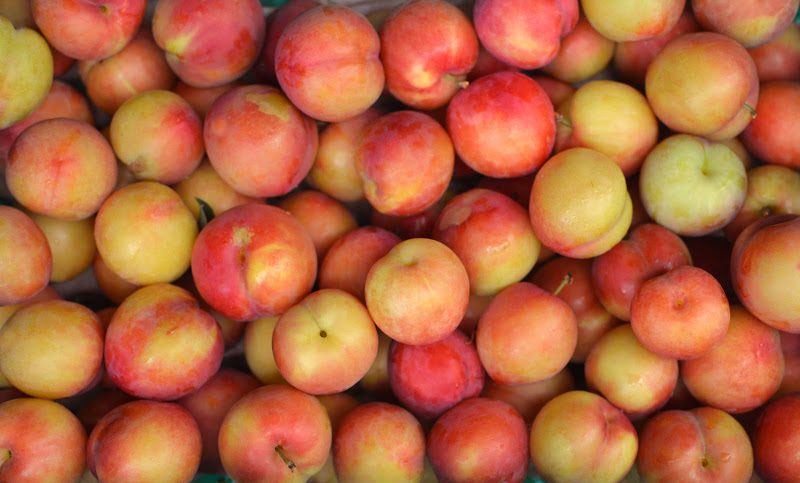
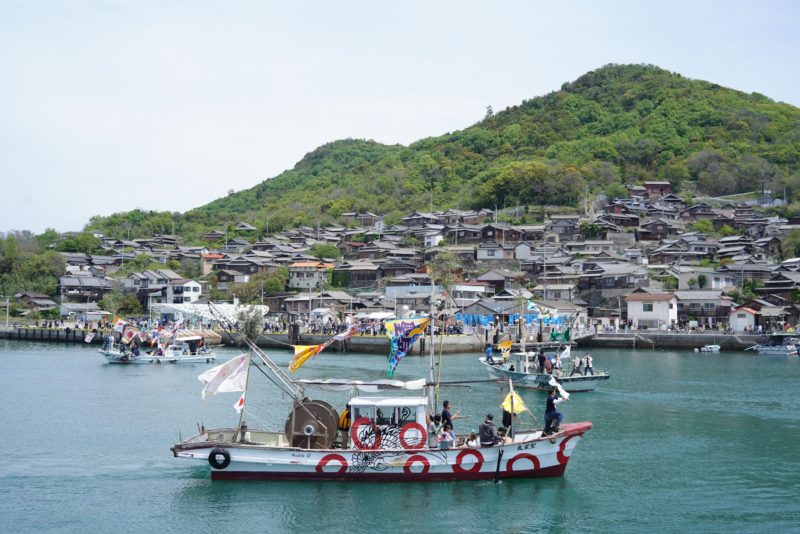

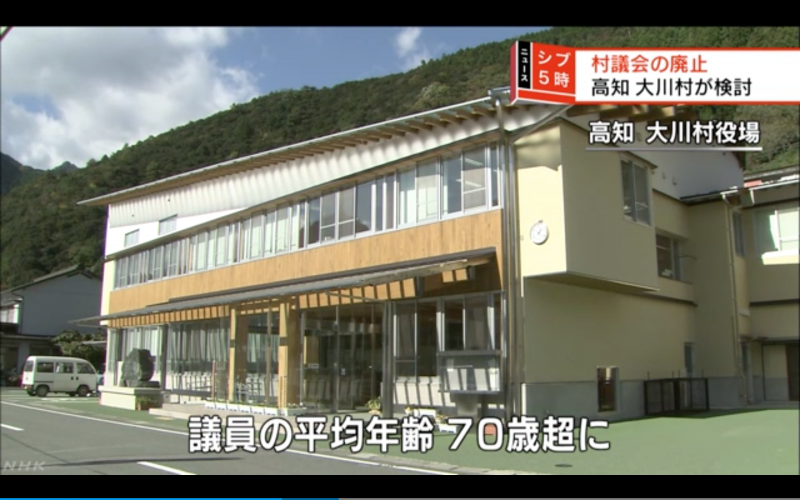
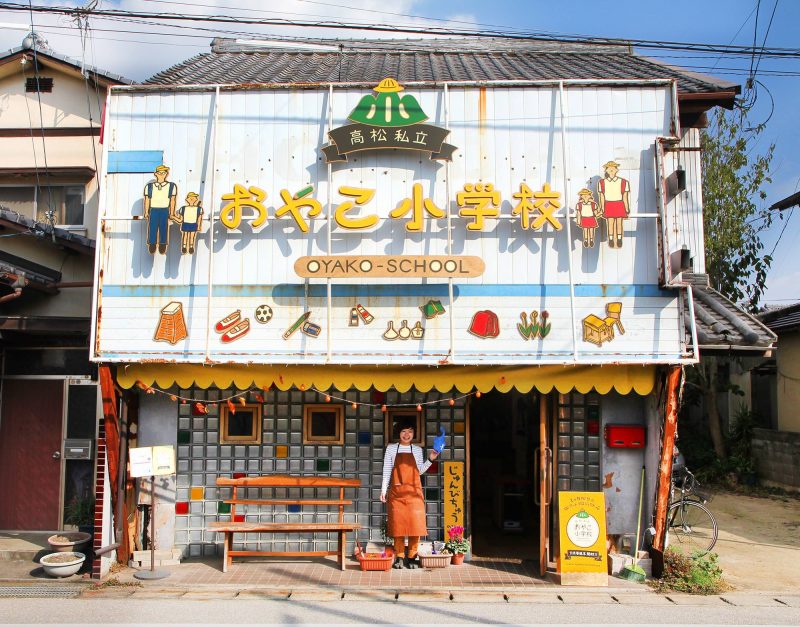
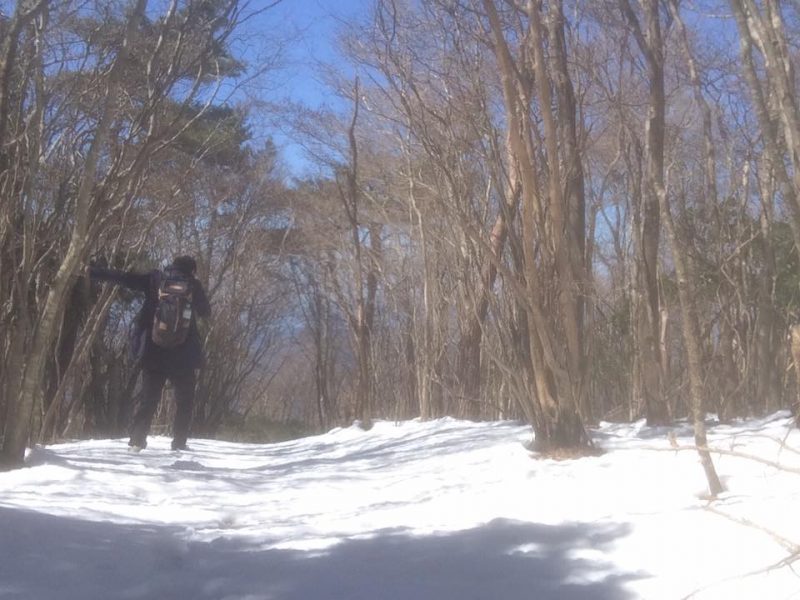
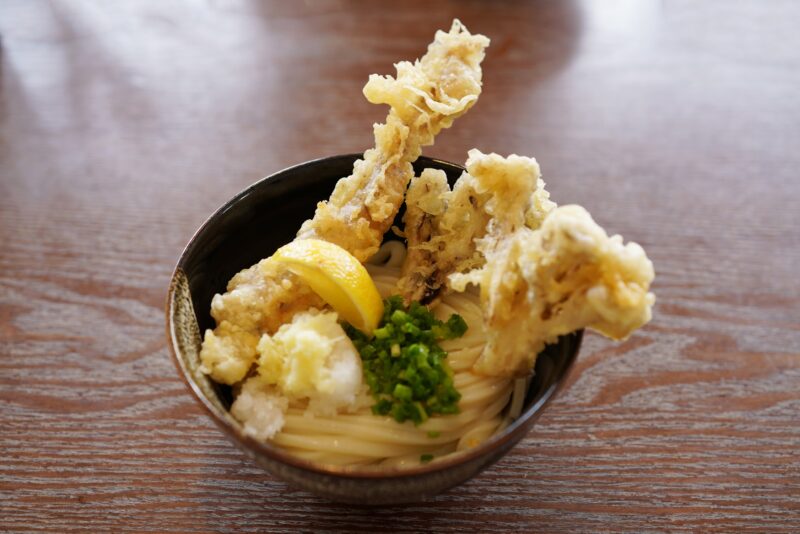
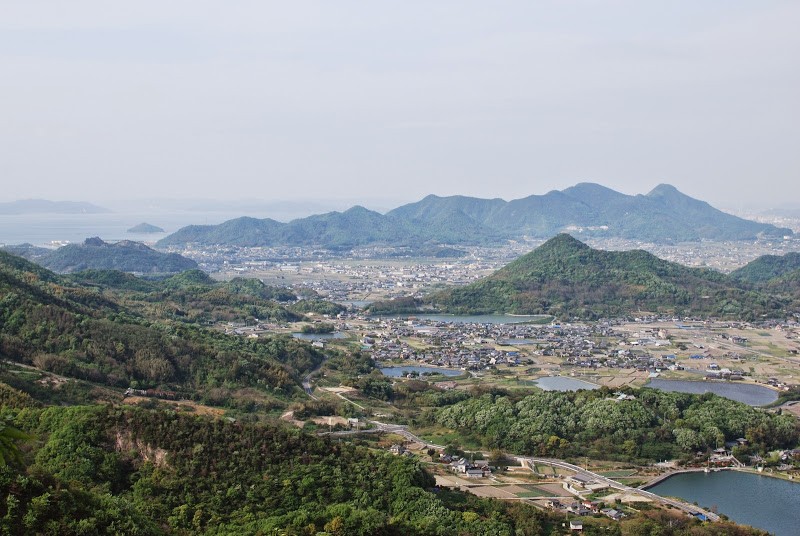
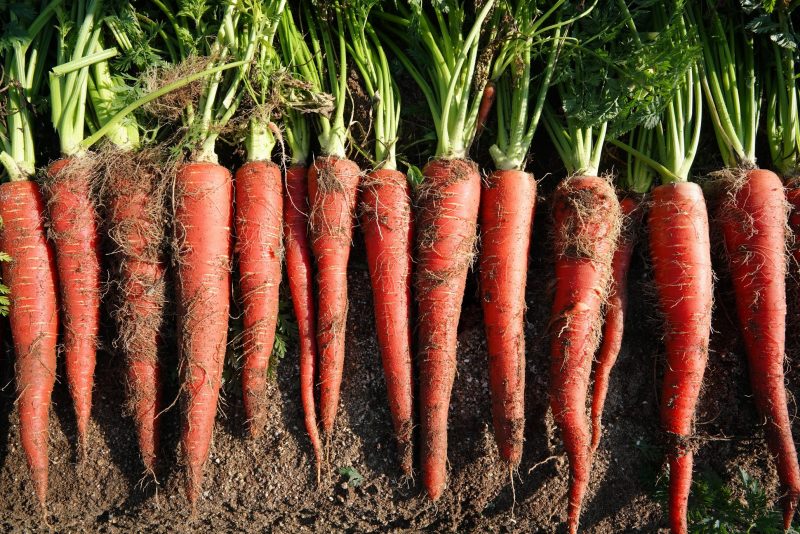

![【香川 9/8】水の恵みと豊作に感謝するひょうきんな祭り『ひょうげ祭り』 – [Kagawa 8 Sep.] “Hyoge Matsuri”, the local humorous festival](https://yousakana.jp/wp-content/uploads/2019/09/hyoge-festival-1-800x533.jpg)

![【国指定史跡】高松の古墳の特徴はキャンディー型『石清尾山古墳群』 – [National Historic Site] Iwaseoyama kofun Tumulus Cluster](https://yousakana.jp/wp-content/uploads/2020/07/iwaseo-kofun-1-800x533.jpg)
![【淡路島 日本遺産】沖ノ島古墳 – [Japan Heritage of Awajishima island] Okinoshima Ancient Tomb, Awajishima island](https://yousakana.jp/wp-content/uploads/2021/07/Okinoshima-Ancient-Tomb_Awajishima-island-800x533.jpg)


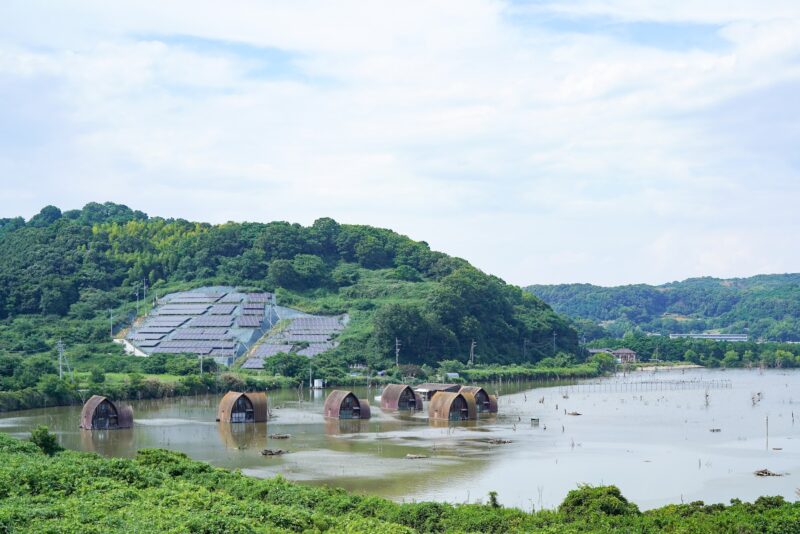
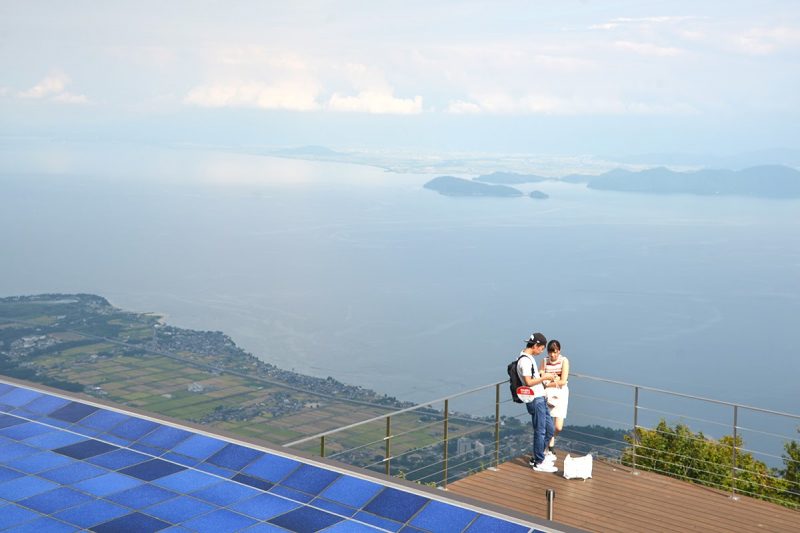
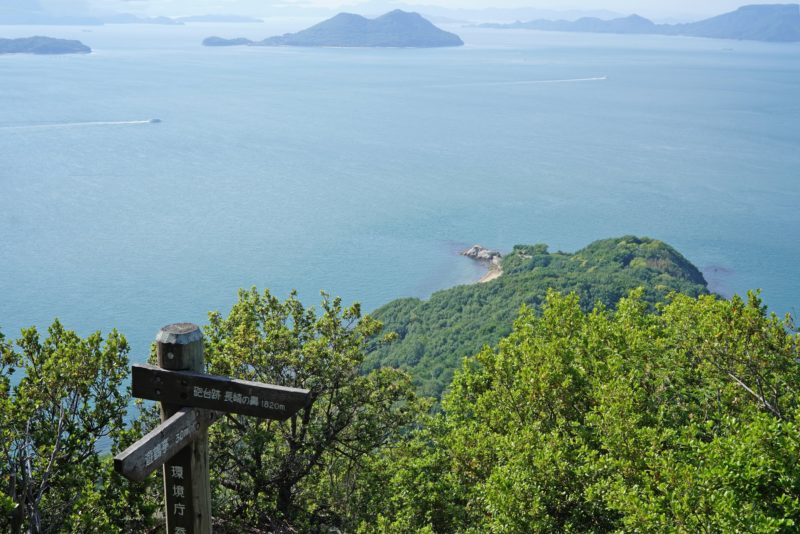
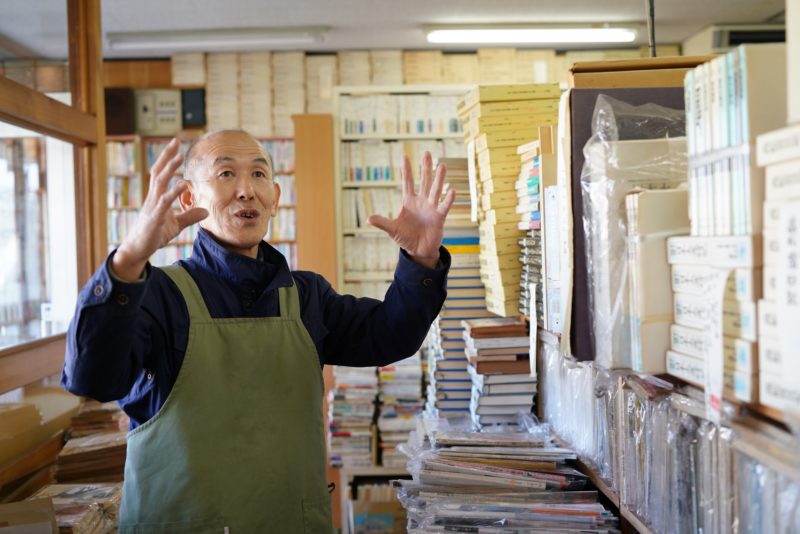
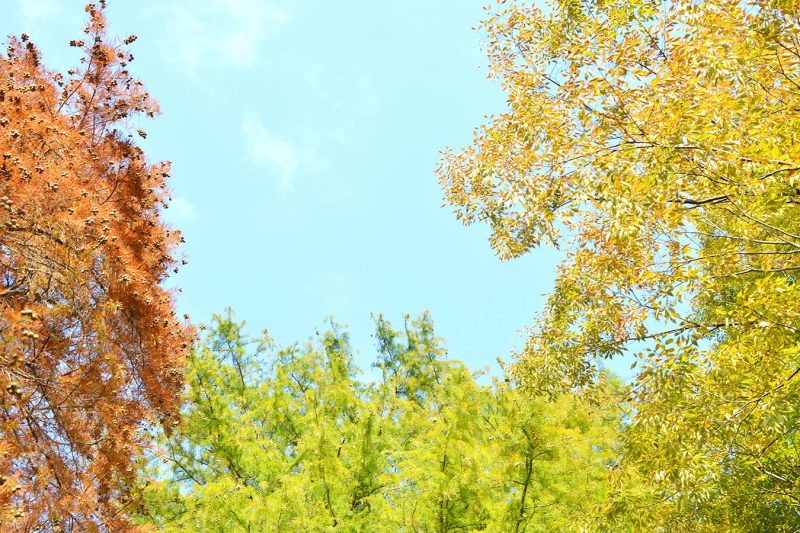
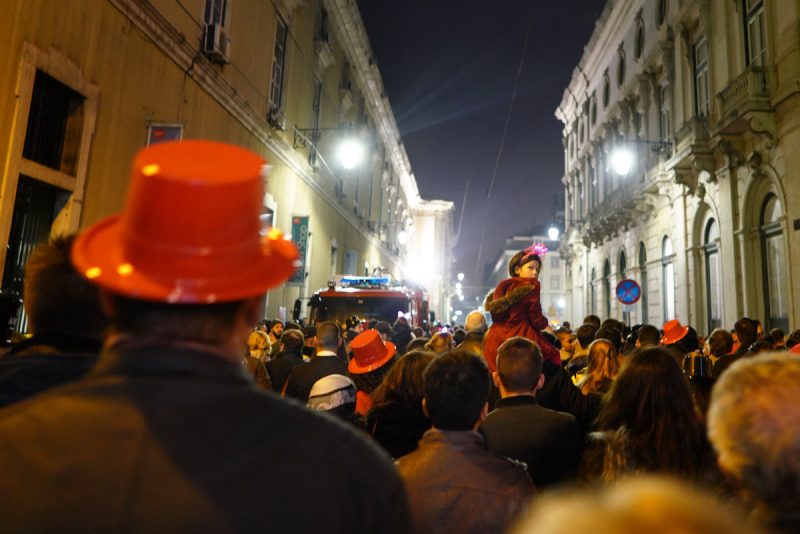
![【香川】位牌を背負う櫃石島の盆踊り – [Kagawa] Bon dance of Hitsuishi Island](https://yousakana.jp/wp-content/uploads/2024/07/bon-dance_hitsuishi-island-800x533.jpg)
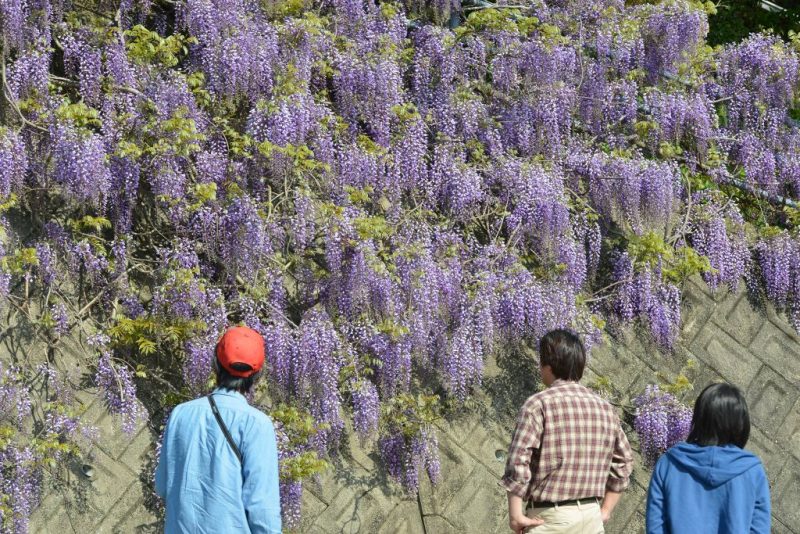
![【島根】出雲神話の舞台『稲佐の浜』 – [Shimane] Inasa Beach, the setting of the Izumo myth](https://yousakana.jp/wp-content/uploads/2025/07/inasa-beach_shimane_izumo-1-800x534.jpg)
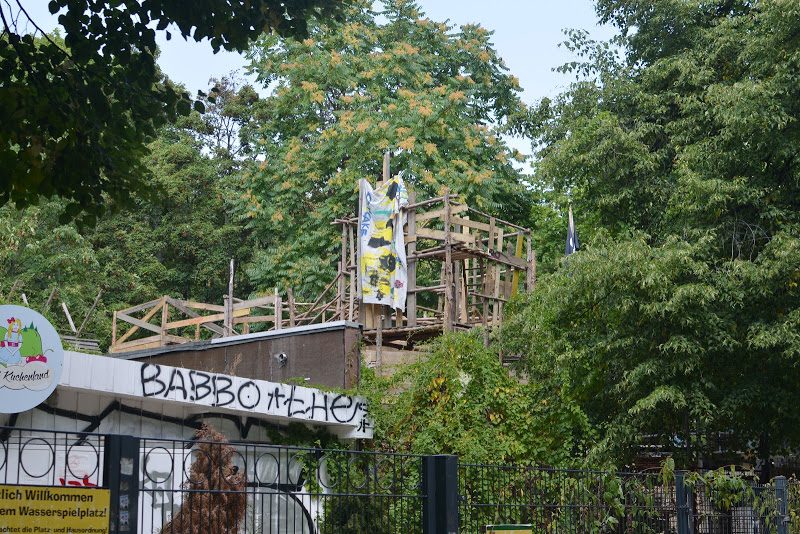

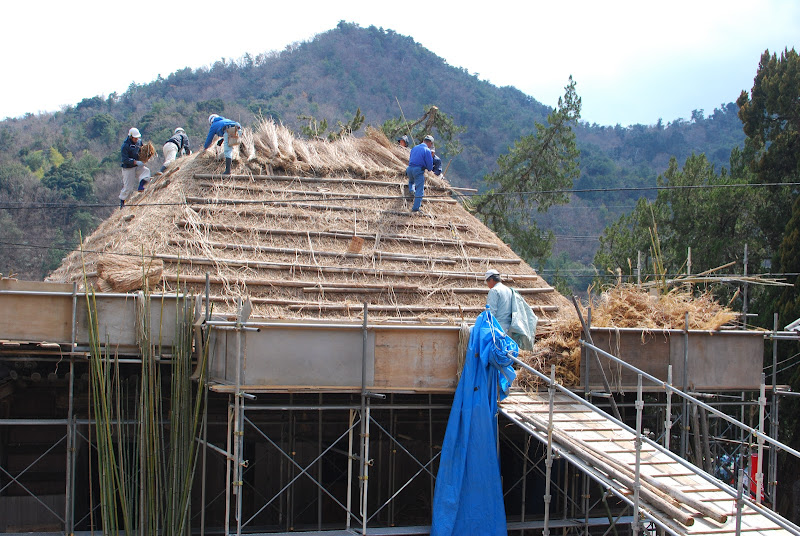
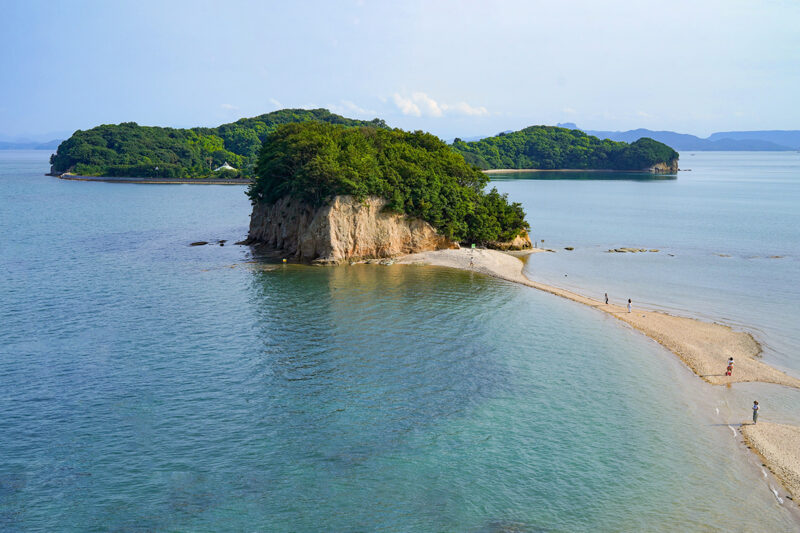
![【香川 8/25】『滝宮の念仏踊』ユネスコ無形文化遺産 – [Kagawa 25 Aug.] “Takinomiya no Nenbutsu Odori” UNESCO Intangible Cultural Heritage.](https://yousakana.jp/wp-content/uploads/2023/08/takinomiya-nenbutsu-dance-800x533.jpeg)
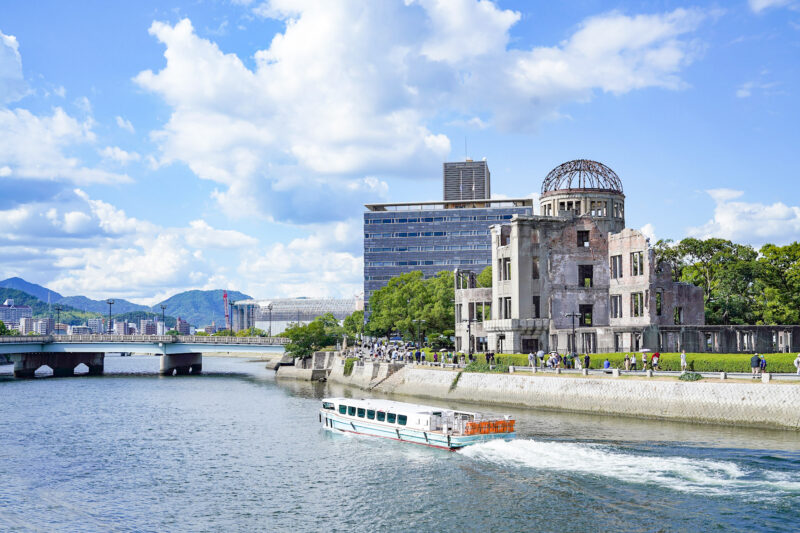
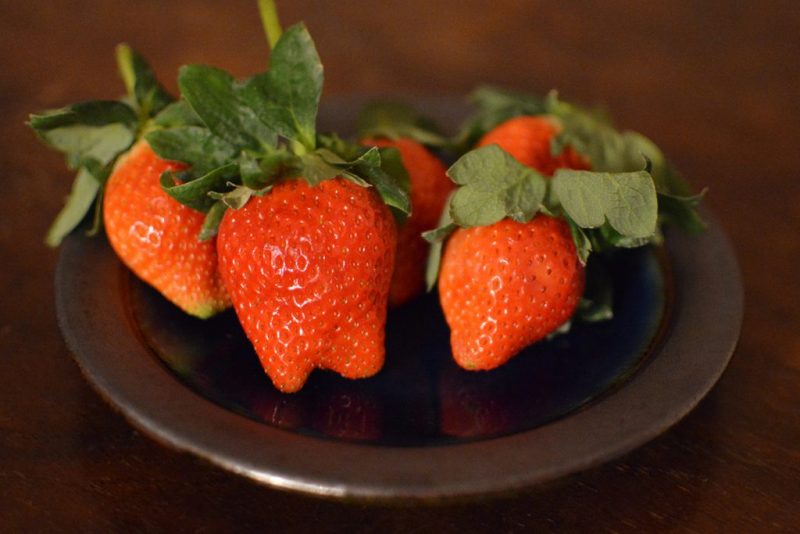
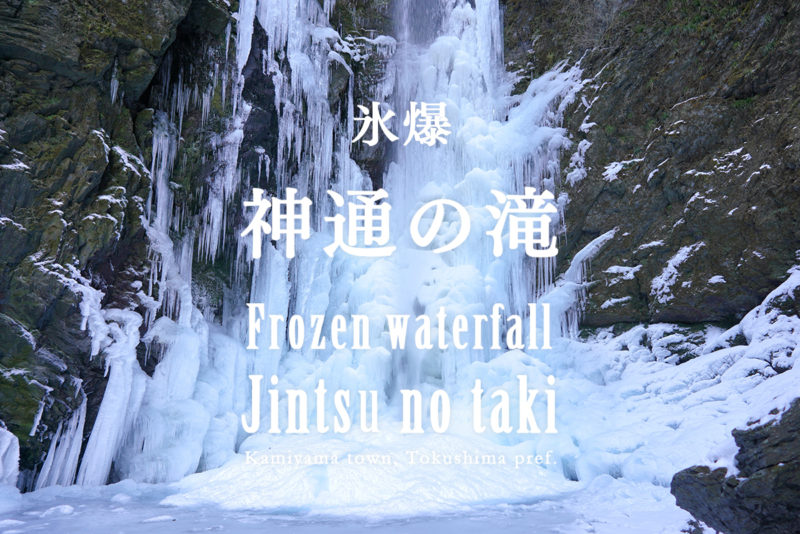
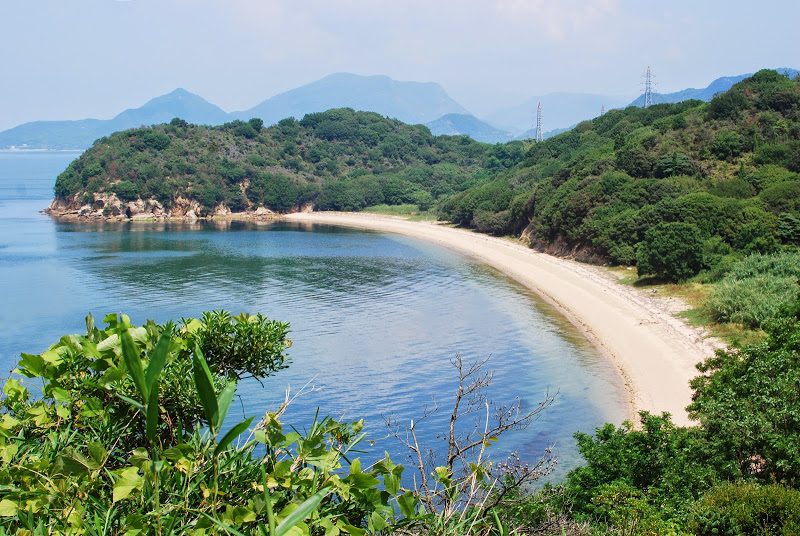
![【香川】高松市は松盆栽の全国シェア80%!『高松盆栽の郷』 - [Kagawa] Bonsai Village of Takamatsu](https://yousakana.jp/wp-content/uploads/2021/01/takamatsu-bonsai-village-01-973x649.jpg)
コメントを残す